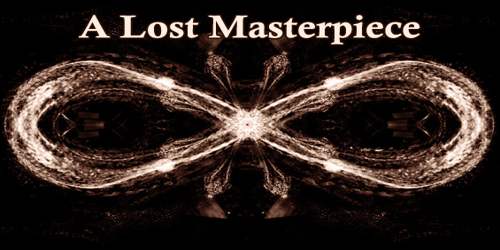

Where Carpenter traces the evolution of an idea, Jackie Wullschläger, in Inventing Wonderland, discerns a type. It’s interesting to see how Carpenter focuses on how an “idea of childhood” was slowly developed, first being set aside and polished in its own special place (its secret garden) - necessarily so, to rescue it from pre-Victorian ideas of children being just little adults - then being reintroduced into the “ main narrative ”, reconnected with wider society and the idea of growing up, but only after that “special state” has had its properly special time. It is the precise opposite of Badger’s kitchen: it provides not womblike security but a choking constriction.” “The Borrowers’ domain beneath the floorboards, which is in many respects Arcadian… is characterised as above all stuffy, poky, and limiting. In The Borrowers (1952), “the first classic for children to emerge in England after the Second World War” (according to Carpenter), Arriety’s childhood world is less a “Secret Garden”, and more a prison from which she must learn to escape: In the books for children that followed World War II, Carpenter detects a new theme, one in which children don’t just disappear into a golden, separated existence for the duration of their childhoods, but one in which they slowly discover their place in an “ongoing narrative”, and so learn to grow up. Kenneth Grahame, Beatrix Potter and A A Milne were, in Carpenter’s view, the few who achieved perfection, with J M Barrie’s “terrible masterpiece” Peter Pan standing as a self-conflicted statement both in favour of not growing up, and the awful tragedy of not doing so. Adults, from this point of view, were seen to have lost something as they grew up. They made the effort to see childhood from the inside, as a golden age of imagination, freedom and make-believe. Then came what Carpenter calls the “Arcadians”, who took a different approach.

(In the worst of this strain of children’s literature, whole books were written in mis-spelled baby-talk, surely a joke only adult readers would get, and quickly tire of.) Frances Hodgson Burnett’s Little Lord Fauntleroy (1886) was the ultimate statement of this approach, leading to a fashion for dressing children up as little English aristocrats and growing their hair in golden ringlets. But suddenly, to the Victorians (the wealthier ones, at least), children were the embodiment of all that was innocent, like little Adams and Eves before the Fall, and were therefore something to be preserved, prettified and sentimentalised. Prior to this, English Literature had only recently “discovered” childhood as a special state children had previously been seen as little adults, their size making them particularly convenient to be set to work in places adults couldn’t reach - up chimneys and down mines, for instance. Secret Gardens is Humphrey Carpenter’s study of the writers who created a Golden Age of children’s fiction, from the mid-Victorians (Charles Kinglsey’s The Water Babies and Lewis Carroll’s Alice books) to the Edwardians (Kenneth Grahame’s The Wind in the Willows, J M Barrie’s Peter Pan), with one post-World War I stray in A A Milne.


 0 kommentar(er)
0 kommentar(er)
